
As any Ferrari tifoso can tell you, the first car to wear the Ferrari badge was the 1947 125 S; but seven years before, Enzo Ferrari created the Auto Avio 815. It never bore his name, but it could be called the very first Ferrari. Photographer Rémi Dargegen visited the castle where it now lives…

When Enzo left Alfa Romeo in 1939, he had to agree not to use the Ferrari name nor be involved in motor racing for four years. While the official line these days is that Enzo “quit… to set up his own company”, he was in fact (as he himself admitted) fired. As Brock Yates wrote in his seminal biography of Enzo Ferrari, the firing became “something of a cause célèbre in the Italian sporting press” and led to a minor palace revolt at Alfa Corse, with other top names, such as Enrico Nardi, joining Enzo as victims of the bloodletting.
A child of the palace revolt
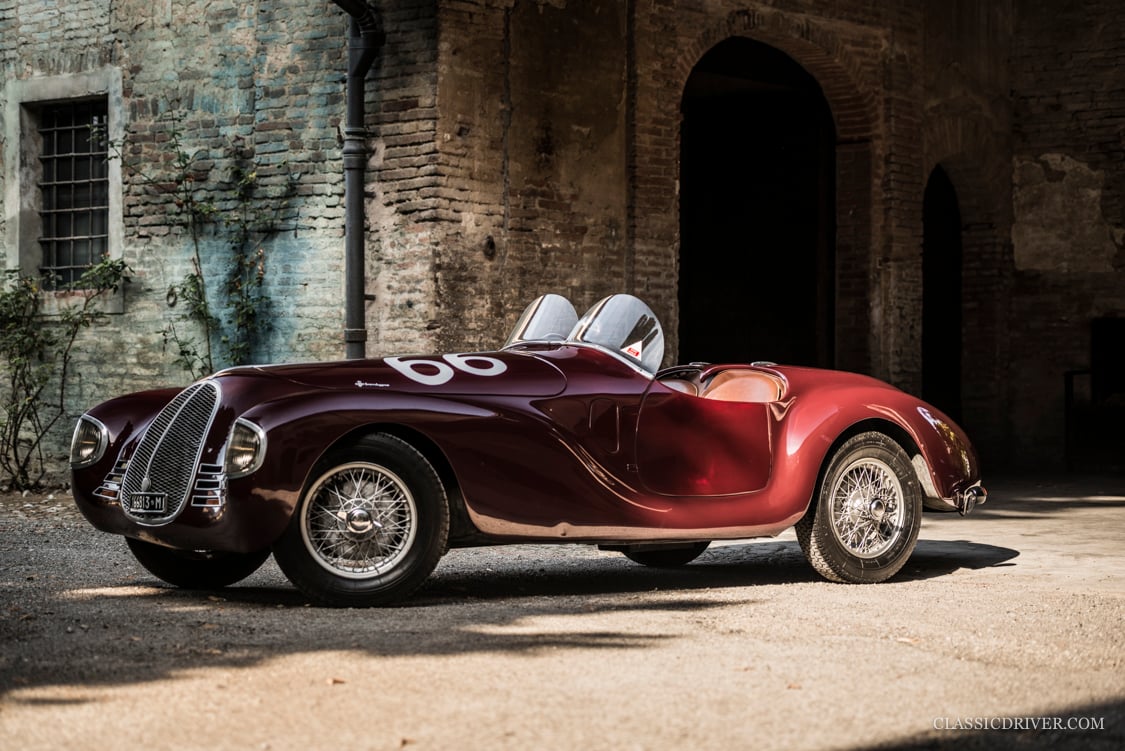
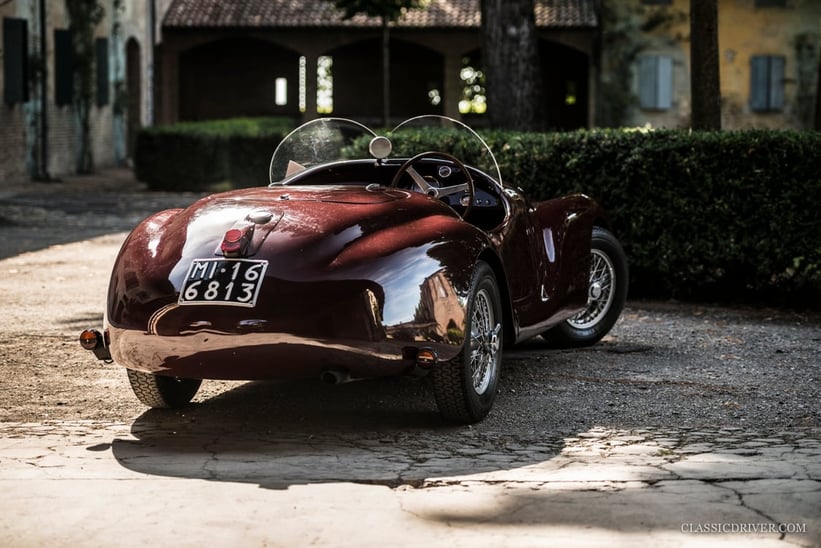
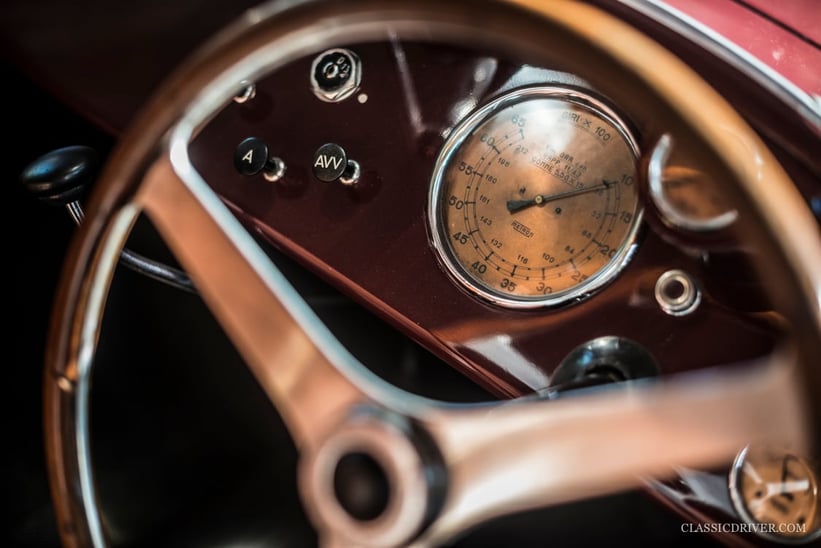
But this was 1939. There was bloodletting of an altogether more serious kind spreading across Europe. To again quote Brock Yates, “Even as the acrid smell of cordite drifted slowly south over the Alpine peaks, Enzo Ferrari had one final gesture of defiance in mind before Italy plunged into the fighting.” This was the car you see pictured here – the Auto Avio Costruzioni Tipo 815.
Enzo’s act of defiance was the result of a visit, in December 1939, from the young Alberto Ascari, who wanted Ferrari to build two sports cars for the 1940 Mille Miglia – one for himself (the pictured car), and one for his friend, who went by the wonderful name of Marchese Lotario Rangoni Macchiaveli di Modena. Enzo agreed; and his decision was a gesture aimed not only at Alfa, but also at Maserati – which thanks to the Orsi family’s cash injection was being shifted to Modena, Enzo’s home territory. It was a move that must have infuriated Ferrari.
Built in four months

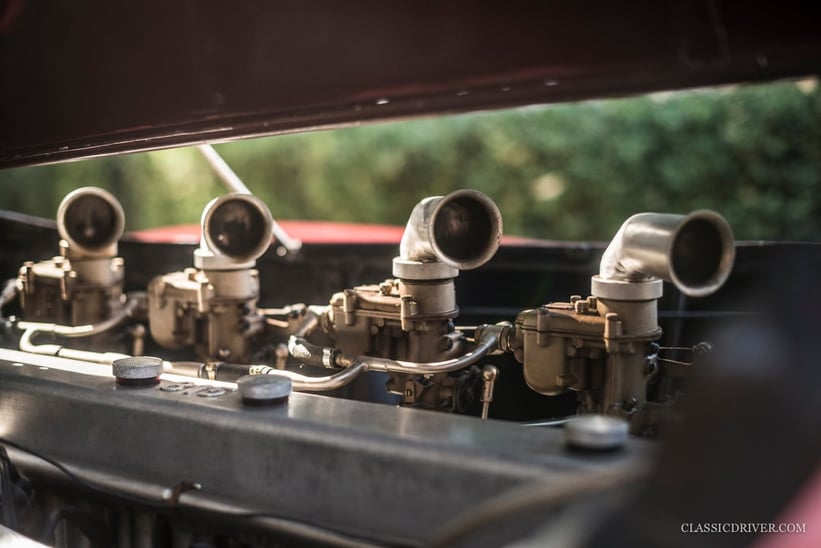

Since the Mille Miglia was scheduled for 28 April, they had just four months to create two racing cars from scratch. For this reason – and also because the regulations demanded that a production car chassis form the basis of the racer – the new cars were based on the Fiat 508C Ballila. The main problem was that the Ballila’s engine was far too small. So Alberto Massimino, a highly experienced designer and another victim of the Alfa revolt, came up with the plan of building a straight-eight engine block and topping it with a pair of modified Fiat Ballila cylinder heads. The new car’s name, 815, refers to the engine’s 8 cylinders and 1.5-litre capacity.
Meanwhile, the open-topped, large-grilled bodywork with its ultra-modern Plexiglas windscreen was styled by Carrozzeria Touring Superleggera, and the cars rode on Borrani wire wheels.
A Wartime break
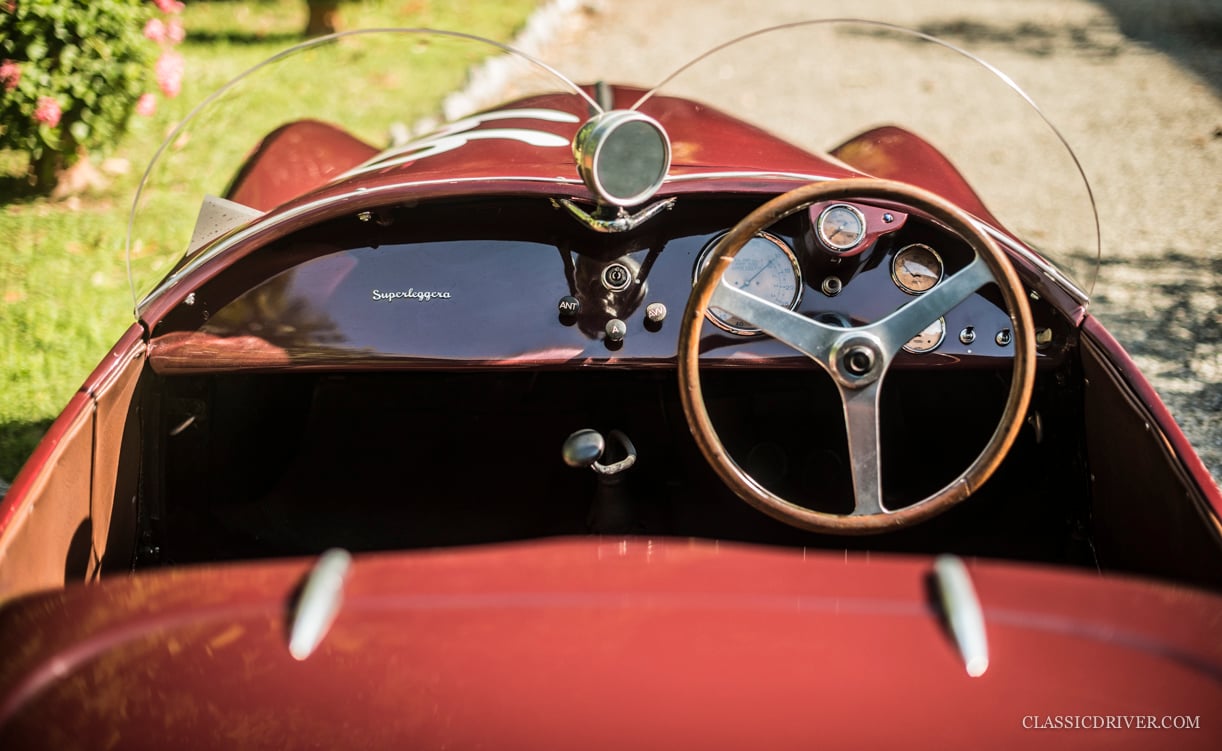
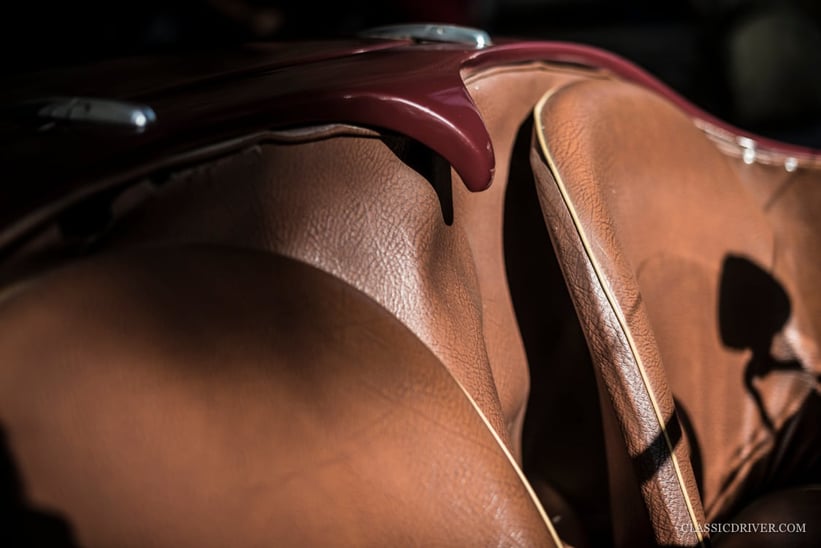
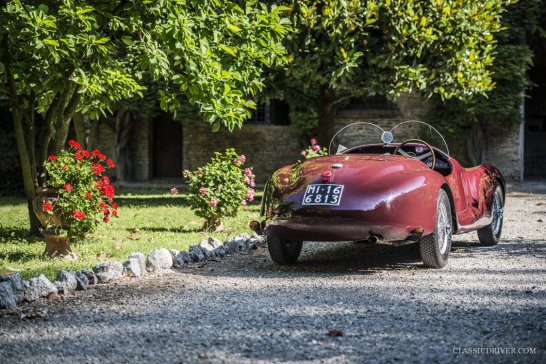
The potential of the cars was proved in the Mille Miglia itself, as both led the 1500cc class in turn, before suffering mechanical problems that forced them to withdraw – hardly surprising when only four months previously, the two racers had been nothing but a twinkle in Enzo’s eye.
They were clearly worthy of further development, but Italy’s rapid entry into the on-going war put paid to any such plans. By 1945, Enzo was free to develop cars with his own name – the first being the famous Ferrari 125 S. While the official first Ferrari, the 125 S, was far more sophisticated than the 815, there’s little doubt that Enzo learnt a great deal from his act of defiance and the ‘secret’ Ferrari of 1940.
Sole survivor
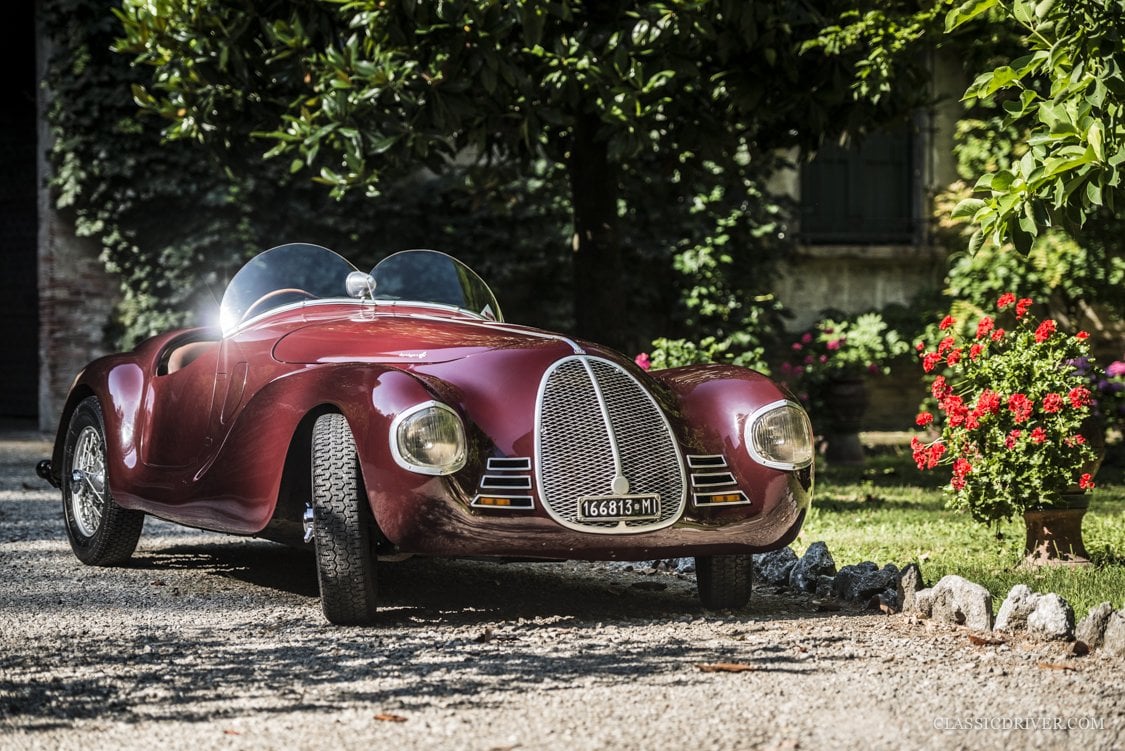
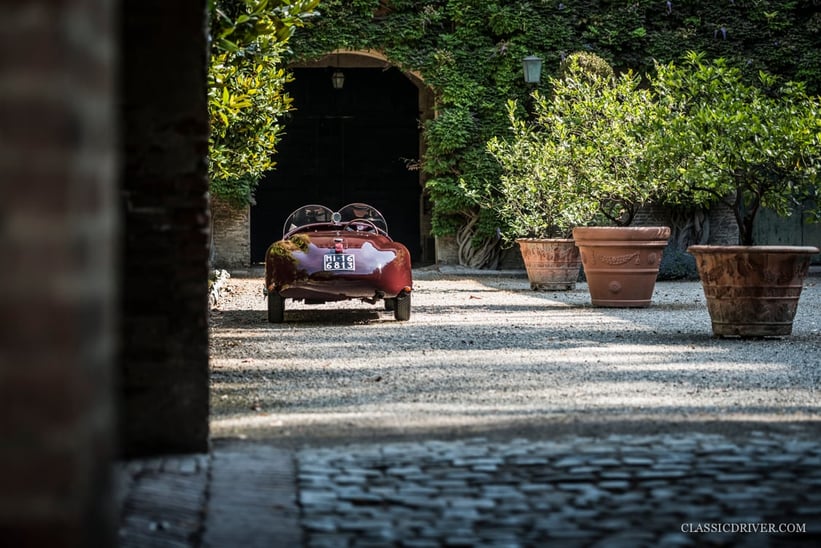

Only one of the two Auto Avio 815s still survives: the very first car, built for Ascari. It now resides in the outstanding Righini Collection, housed in a 15th Century castle near Modena, where Rémi Dargegen was invited to take these stunning photographs.
Photos: Rémi Dargegen for Classic Driver © 2015
You can find hundreds of classic Ferraris for sale in the Classic Driver Market.

Aucun commentaire:
Enregistrer un commentaire